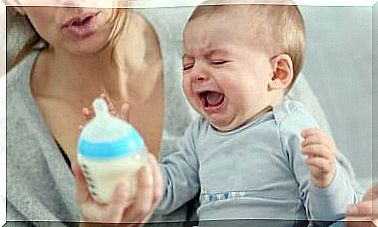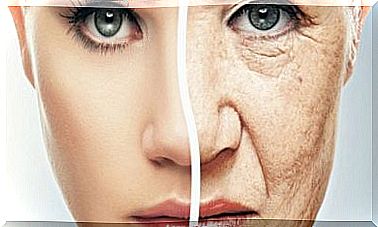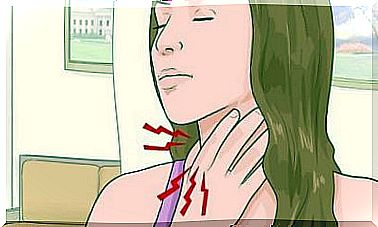Sleep Disorders In Children: Examinations And Treatments
Sometimes sleep disorders in children are caused by inappropriate behavior patterns. Other times, biological reasons are at the origin of the disorder. In all cases, it is necessary to consult a specialist in order to determine the procedure to follow.
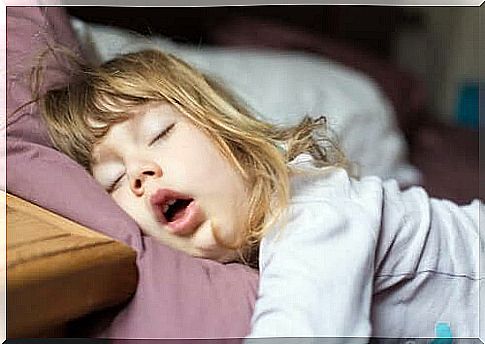
Sleep is fundamental to maintaining good physical and mental health, for both children and adults. However, in the little ones, sleep is even more important. Unfortunately, it is estimated that almost 30% of children have trouble sleeping.
Studies also indicate that 50% of children have difficulty sleeping. Very often these problems go undiagnosed as sleep disturbances because parents associate these difficulties with a lack of discipline or too much love.
What is certain is that if the child does not sleep well, his ability to learn and his behavior will be affected. Likewise, his concentration and retentive memory will decrease. Lack of sleep can also affect their motor skills, make them more irritable and weaken their self-esteem.
For all these reasons, it is essential to diagnose and treat sleep disorders in children on time. Find out more by continuing to read this article.
What are sleep disorders in children?

Sleep disorders in children include all the problematic behaviors associated with sleep.
We find, among others:
- difficulty falling asleep
- stay asleep for a long time
- to be too sleepy
- sleeping at inappropriate times
- abnormal behaviors while sleeping
Strictly speaking, we speak of sleep disorders in children when the following circumstances arise :
- sleep-related difficulties significantly affect the child’s daily tasks
- sleep-related difficulties create problems in family, school and social relationships in general
It is normal for a child’s habitual sleep pattern to change a bit from the usual when a particular event occurs, such as loss or family conflict. However, everything must return to normal quickly. If the difficulties persist, then we can speak of sleep disorder in children.
The different types
The main sleep disorders in children are classified as follows.
- Dyssomnias include:
- narcolepsy
- periodic leg movement syndrome
- environmental sleep disorder
- delay in the initial phase of sleep
- trouble setting limits
- association disorder at onset of sleep
- Parasomnias include:
- confused awakenings
- somnambulism
- night terrors
- rhythmic movements of sleep
- somniloquy
- nightmares
- Other parasomnias:
- bruxism
- enuresis
- sleep myoclonus
- primary snoring
- infant apnea
- sudden infant death
Diagnostic tests for sleep disorders in children
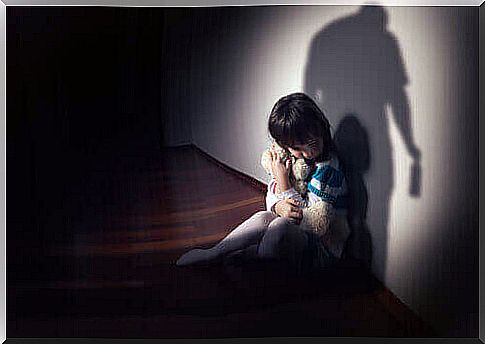
Parents may suspect that a child has trouble sleeping when the child:
- has trouble getting to sleep
- snores or breathes hard when asleep
- has restless sleep and seems disturbed
- wee in bed
- often doze off
The information provided by the parents to the doctor is fundamental to establishing a correct diagnosis, which will be based on this information.
Based on the clinical history, the child is likely to need the following medical examinations:
- polysomnography
- It is the most comprehensive examination for diagnosing sleep disorders in children. It records brain activity, heart activity, respiratory activity and muscle activity while the child is sleeping
- polygraphy
- It is the method which allows to follow the sleep of the child at home
- continuous cardiopulmonary monitoring
- This test is for infants who have had episodes of apnea or respiratory pause. This test records the heart rate as well as the infant’s breathing.
It is also common for a complete blood count to be prescribed in cases of excessive sleepiness and in cases of irritability. This can rule out or confirm anemia, the presence of parasites and problems with the thyroid gland.
Treatments
Treatment for these types of problems depends on the factor causing the disorder. It is always essential to consult the pediatrician of the child so that he indicates the procedure to you. Nevertheless, in all cases, it is advisable, first of all, to ensure that the child’s sleep hygiene is correct.
It is important to keep in mind that the amount of time a child needs to sleep varies depending on his age:
- Between 0 and 3 months, the child needs fifteen hours of sleep
- From twelve months to two years, the child needs fourteen hours of sleep
- From two to five years old, the child needs thirteen hours of sleep
- Between the ages of five and nine, a child needs ten hours of sleep
- From nine to fourteen, your child needs nine hours of sleep
- Between fourteen and eighteen your child needs eight hours
From a behavioral perspective, the Ferber method is one of the most widely used treatments to correct sleep disorders in children. This is a very effective strategy that can be applied in infants. Roughly speaking, it involves creating a routine to help the baby get to sleep.
When parents suspect that the cause of the child’s sleep disorder is physical, they must consult a specialist.
